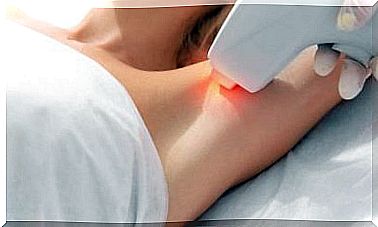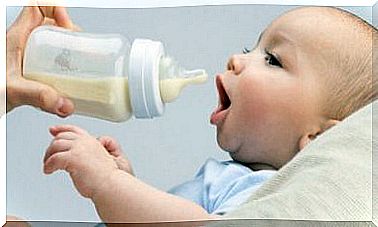You Like To Dance But You Are Pregnant. What’s Stopping You?
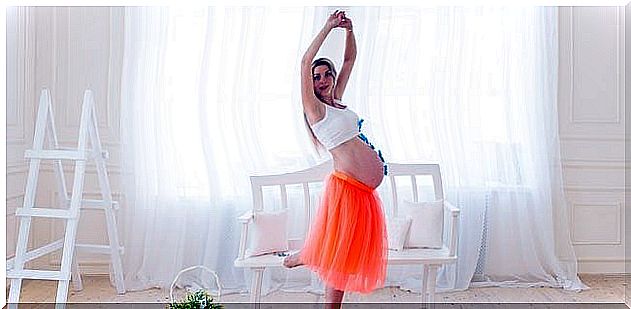
When we are pregnant we can be afraid to breathe, however, it is not necessary to limit ourselves too much. For example, if you are someone who enjoys dancing, why not make sure that it is safe to do so?
As we know, moderate exercise can be beneficial during pregnancy. In some cases the specialist indicates rest, and in others it is our emotions that play against. In some way we are conditioned to our particular situation.
All pregnancies are different, but sometimes the urge to dance is the same. The pleasure of moving to the rhythm of the music should not be contraindicated in general terms. What do the experts think? Is it safe to indulge this desire?
Dancing during pregnancy, is it possible?
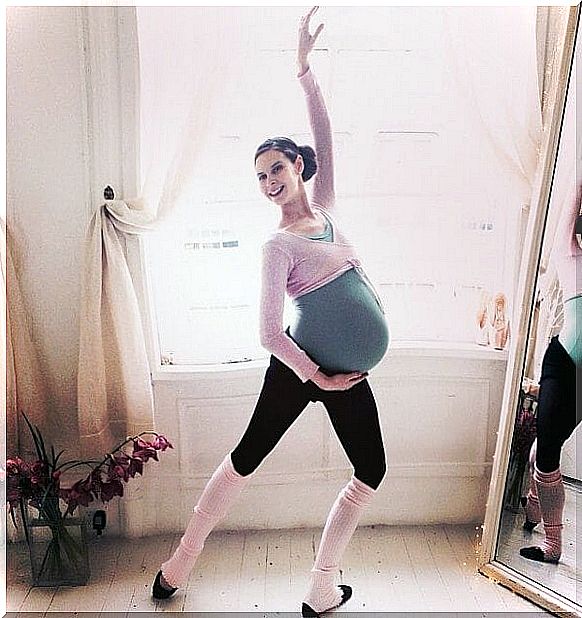
In most cases no excuses are needed to start dancing. However, some occasions are ideal for dancing, it all depends on whether it is the right type of music and our mood.
During pregnancy there can be many situations that cause us to move a foot. Yet sometimes we limit ourselves out of fear of harming the baby or affecting our own health. It can be understood that there is prudence but not in all cases it may be recommended.
Specialists insist on the following: pregnancy is not a disease. Surely many mothers have the same opinion and can tell us about their own experience. In this sense, to affirm that it is possible to dance while pregnant, we must take into account the following recommendations:
- The smoothness of the movements that is required in these cases, go hand in hand with balance. It’s not just about the pace being smooth, it’s about no chance of a stumble or fall. Sharp turns and push-ups require a lot of caution
- Jumping and bouncing are not convenient during pregnancy, especially during the first trimester. At this stage the risk of placental abruption is very high. In the last trimester, it is also inconvenient due to the volume of the uterus
- Like exercise, dancing cannot be very intense. In addition to avoiding imbalance, jumps and bounces, we must also measure the time and intensity of the dance.
- The main exercises recommended in pregnancy are swimming and walking. It is estimated that about 30 minutes of physical activity a day is beneficial for mother and child. If, on the other hand, we dedicate this time to a safe dance, perhaps we will obtain the same benefit.
- Some types of dance can improve stamina in childbirth. In addition, activity is necessary to avoid cardiovascular problems and diabetes. Contributes to weight maintenance and definitely reduces stress.
Recommendations for dancing at this stage
The pace we choose is very important, as it will lead the session with more precision. Arabic dance is highly recommended, as its movements are smooth and it does not require that we separate our feet much from the ground.
When starting the dance, it should be done slowly, avoiding that our body temperature rises abruptly. In the same way, when dancing it is necessary to take care of the posture, to avoid injuries to the back due to the weight of the pregnancy.
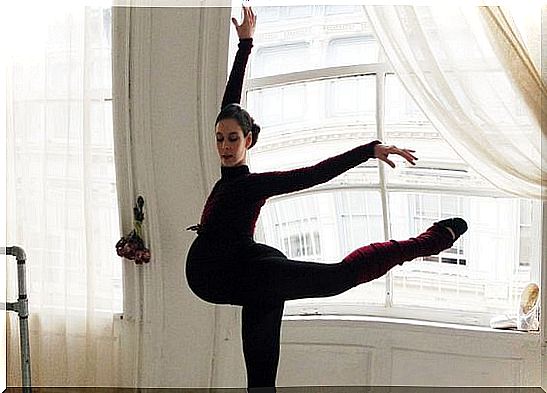
Although the rhythm drives us mercilessly, let us try to be aware of what movements to avoid. For example, if we know of a particular choreography, let’s try to execute a different movement if it doesn’t suit. The main thing is to avoid dangerous falls, moving cautiously is the key.
Experts recommend that we include a warm-up routine, so that the muscles do not strain. Also, don’t forget to stay hydrated before, during and after dancing. Remember that we are going to perspire even if we do not want to, therefore, it is very important to replace the lost liquid.
Before taking the initiative to dance, you should listen to your doctor’s opinion. If your pregnancy is doing well enough, you can give it a try, otherwise don’t rush. Also, stop the process if you have strange symptoms. Stop exercising and see your doctor if you experience dizziness, abnormal discharge or bleeding, shortness of breath, abdominal and chest pain, contractions, or lack of fetal movement.
